The NASA Langley Research Center opened its doors to the public for the first time in six years on Oct. 21. More than 40,000 people signed up to attend the event, which included activities ranging from presentations by NASA employees to tours of the hangars and laboratories.
“As I first walked into that airplane hangar and saw the Boeing 757 staring at me, I was in love,” said sophomore Ami Badiye.
Astronomy teacher Michelle Bailey-Hennessey agrees with this sentiment.
“The big hangar was my favorite part,” said Bailey-Hennessey. “I just loved looking at all of the planes.”
Founded in 1917 under the National Advisory Committee for Aeronautics (NACA), the Langley Research Center had one main goal to “solve the fundamental problems of flight,” just as its namesake, Samuel Langley, aimed to do in his life. With the aid of advanced wind tunnels and some of the brightest scientists in America, the center became famous for its aerospace breakthroughs, most notably that of all-metal airplanes and “faster than sound” flight.
The female African American mathematicians from the book Hidden Figures worked at Langley in the 1940s. In 1958, NACA officially became NASA, the National Aeronautics and Space Administration, and Langley became the NASA Langley Research Center. Today, it is NASA’s oldest field center.
The open house started off with a 5K “moonwalk and run.” After that, visitors were invited to take a tour of the entire facility, with different activities available at each building. The James H. Starnes Structures and Materials Laboratory even had an inflatable habitat set up for people to walk through.
“[I loved] learning about the ways engineers are using inflatable technology to save space and fuel in spacecraft,” said Ami. “They take up less mass, which is nice.”
Many of the principles explored by the scientists are being taught in the science classrooms. Concepts like molar mass, nuclear reactivity and astrobiology are connected to chemistry, physics and biology. Even the 3D printer certifications available to complete in the library can come in handy.
“A lot of prototypes are 3D-printed, to scale, to check for any issues with the build and to run tests on it,” said sophomore Pratik Patel.
In the building next door, Artemis II astronaut Victor Glover was one of the special guest speakers present. His speech was followed by a presentation by NASA HR specialist Karen Miller, who spoke on the different opportunities available for students.
To apply for internships like Pathways and OSTEM, Miller stressed the importance of a holistic resume.
“Make sure the resume has your skills and hobbies,” said Miller.
The internships, some online and some in-person, are available for students ages 16 and above. Miller encouraged students thinking about a career in NASA to apply, no matter what area of study they want to pursue. This extends to students at Ocean Lakes.
“It’s not every day that you can go to NASA Langley,” said Bailey-Hennessey. “There are so many things there to see and learn about that you never would have had the opportunity to do without the open house.”


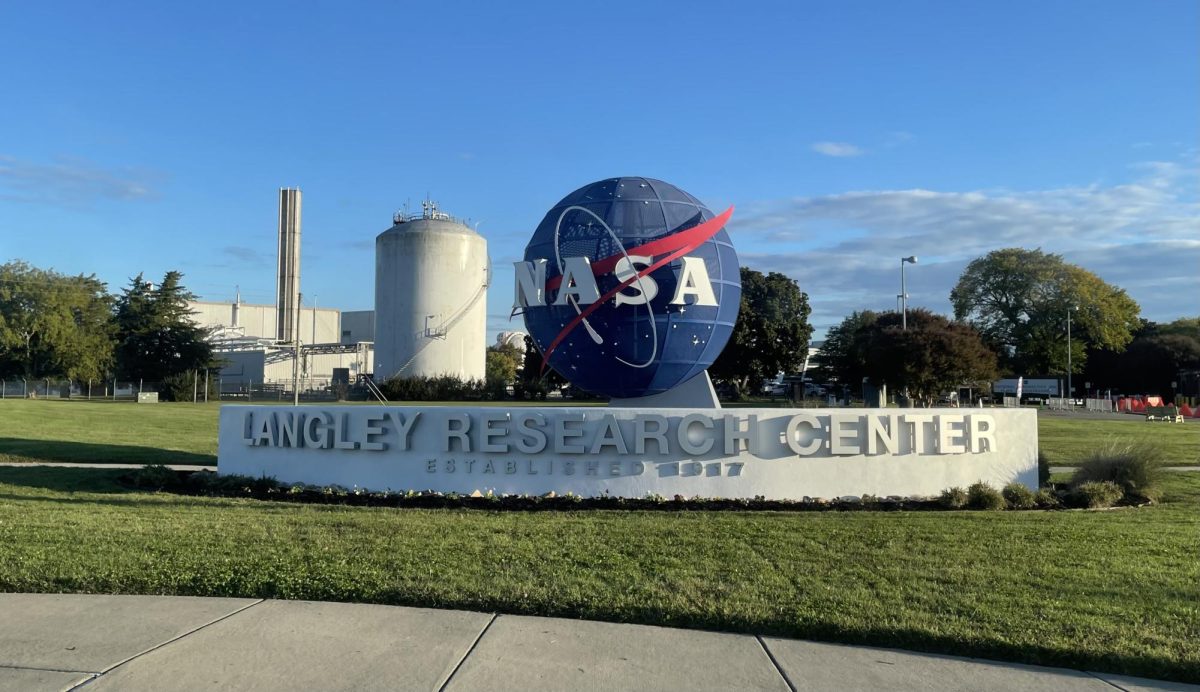


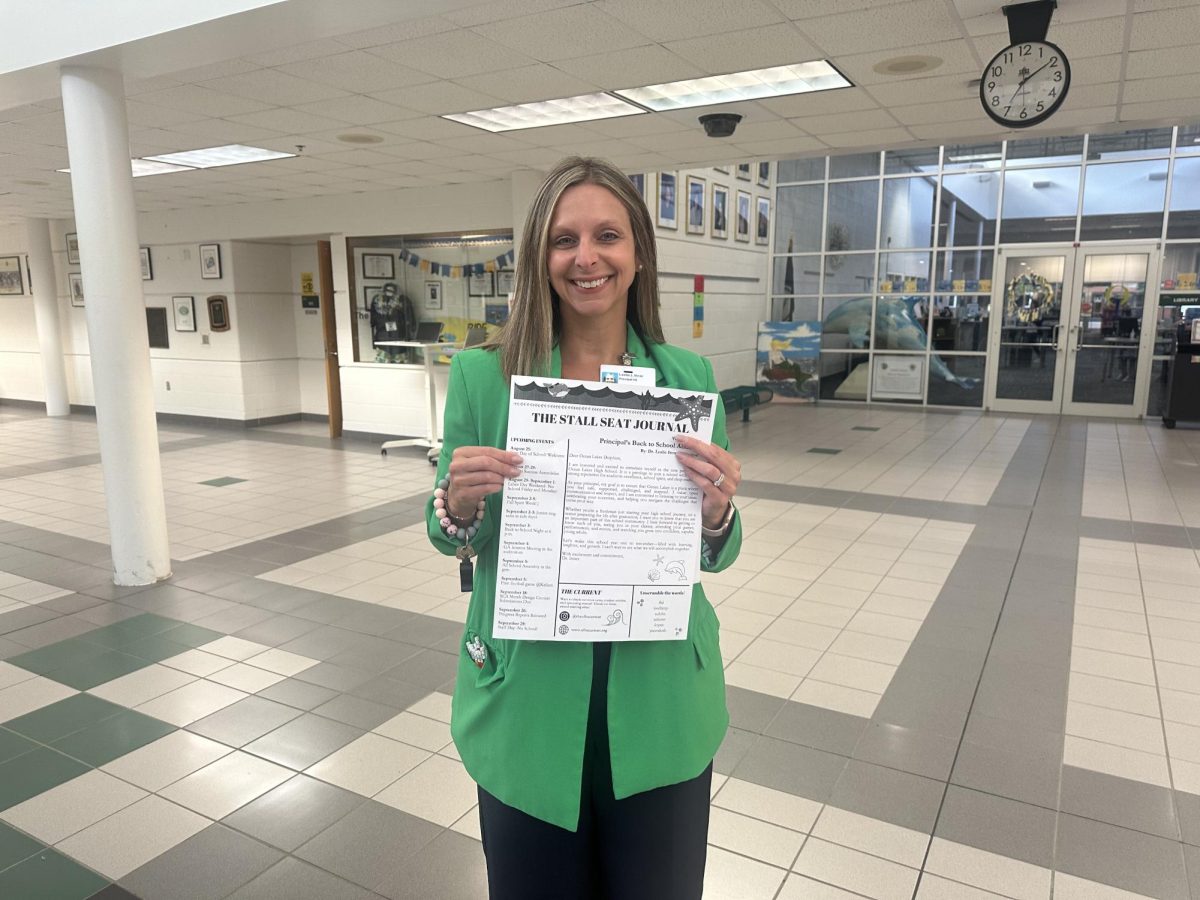
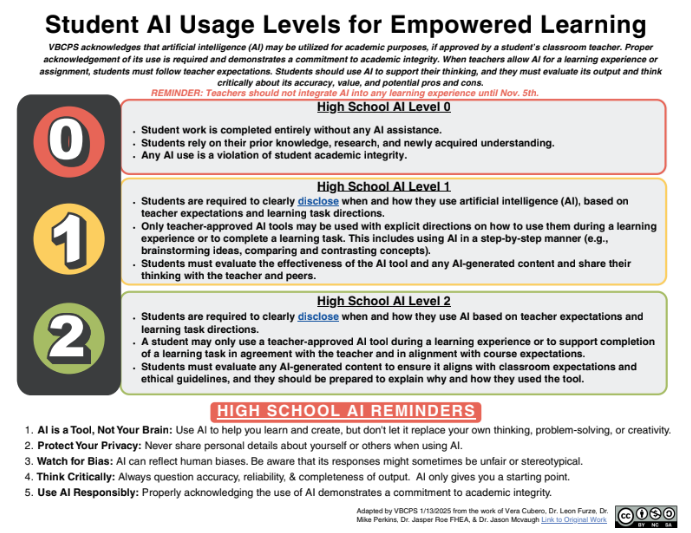
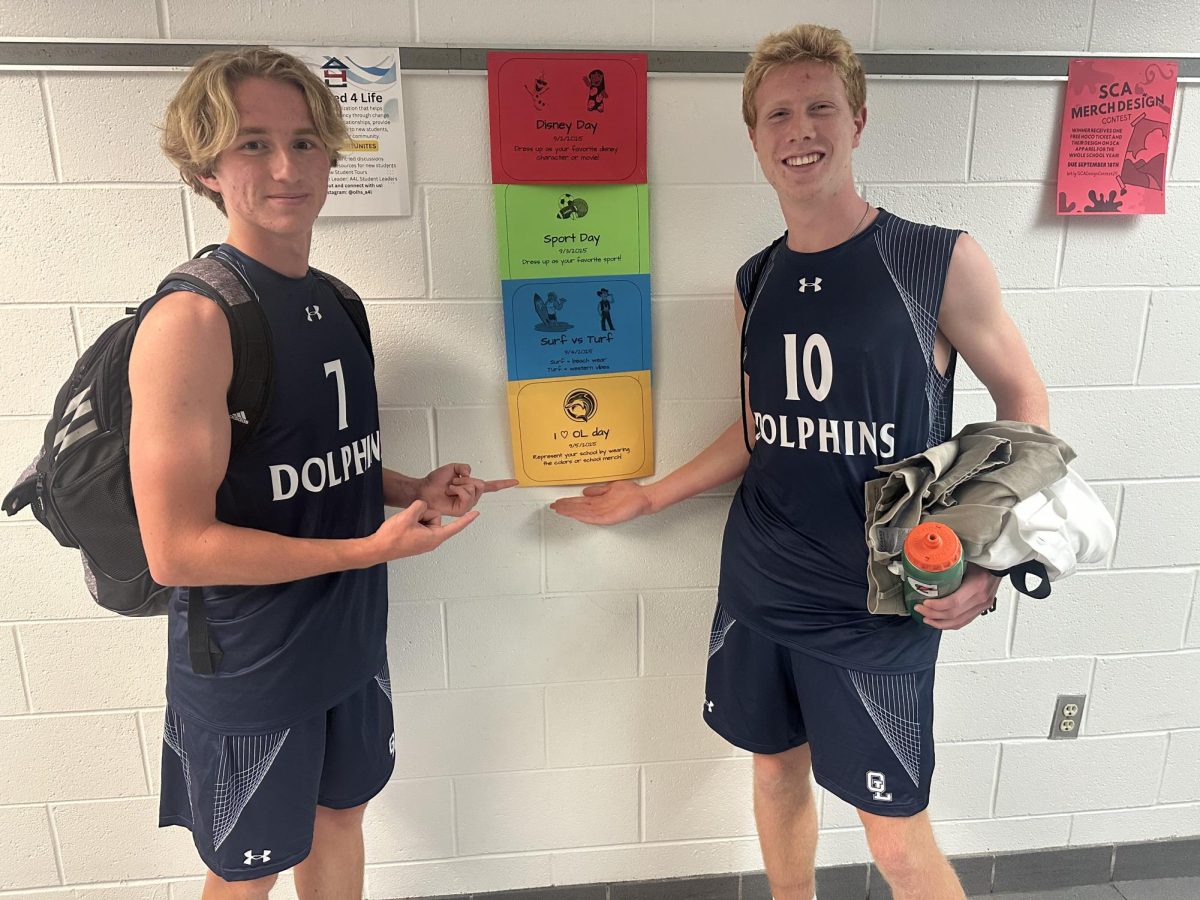
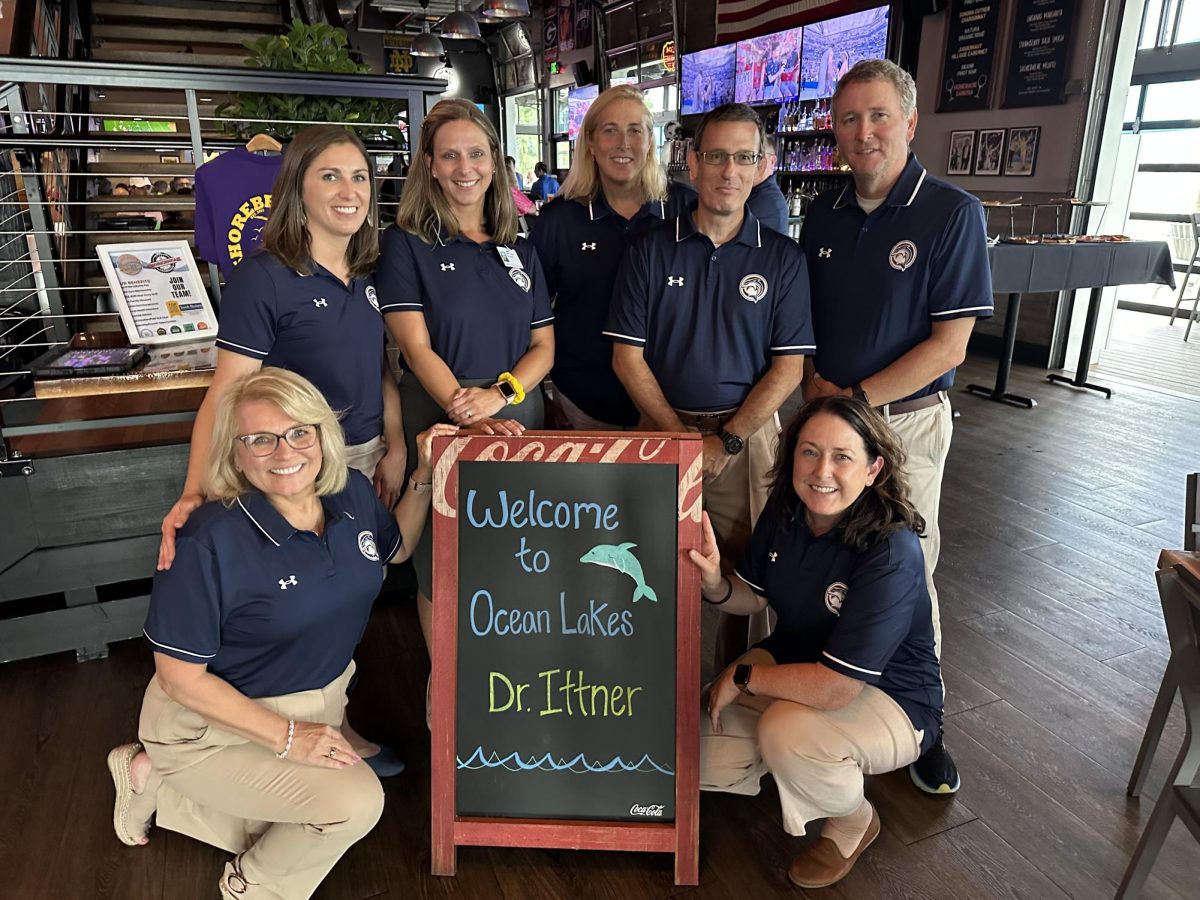

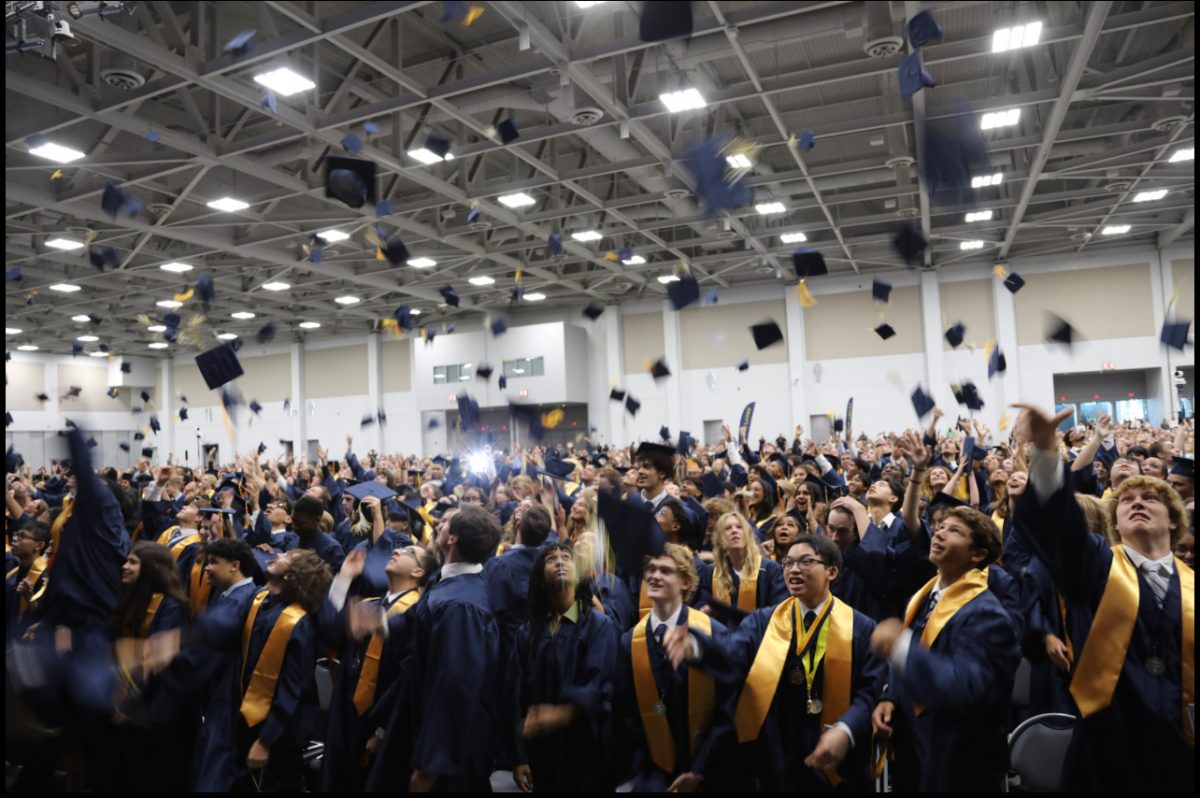
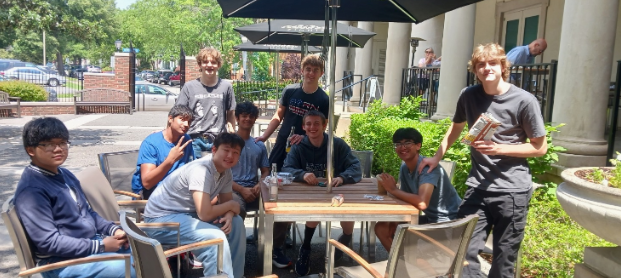

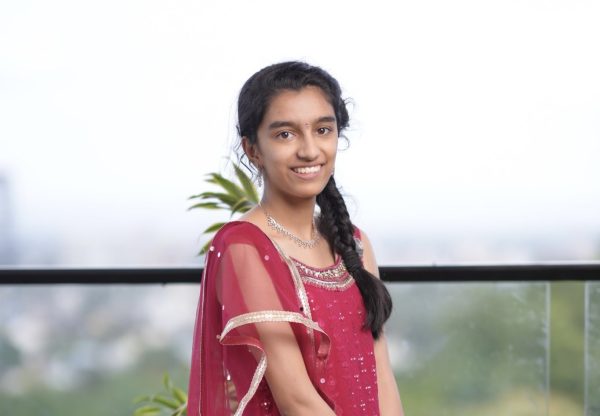
Ashvini • Nov 3, 2023 at 8:54 am
Good going Mahi. It clearly shows that you have spoken to many people to collect their thoughts. That’s the sign of good reporting. Keep writing!!!!
Sanjivani • Oct 25, 2023 at 7:18 pm
Mahi well done ,You have been looking forward to visiting Nasa Langley.The discription of your visit is well written .Your style of writing makes reader happy and we look forward to more such articles